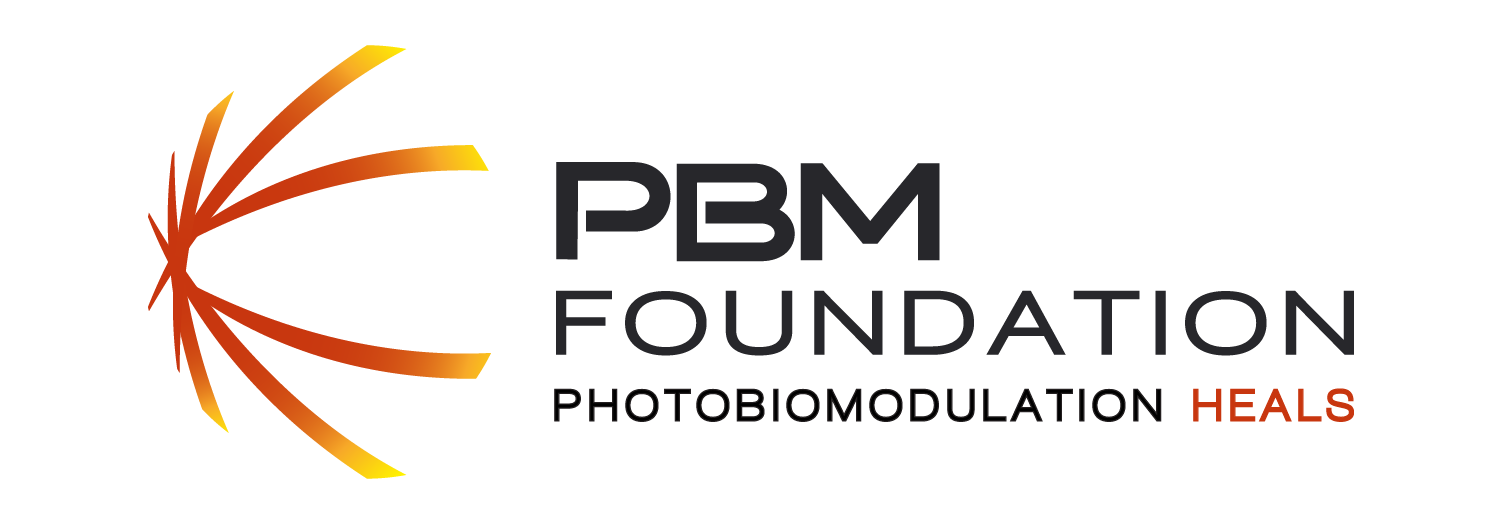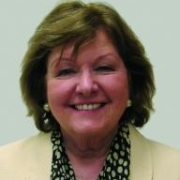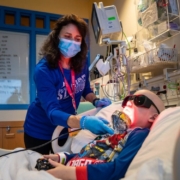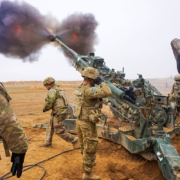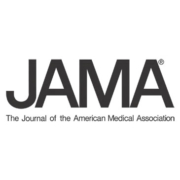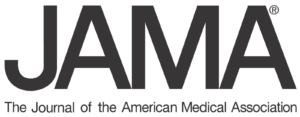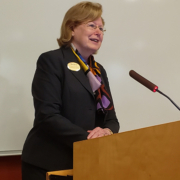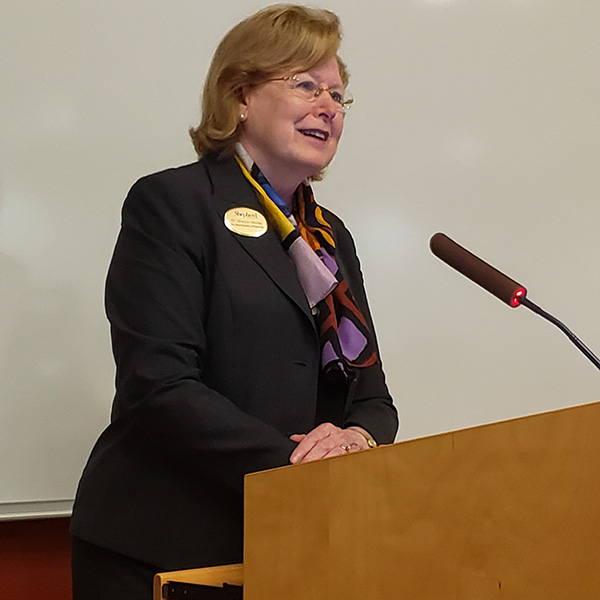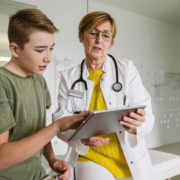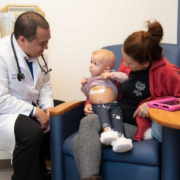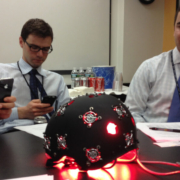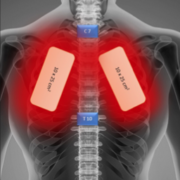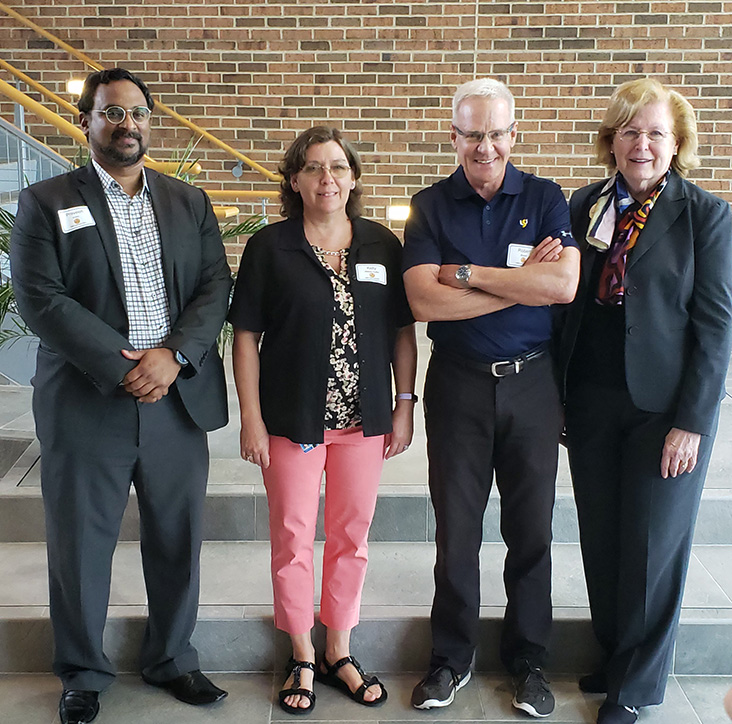
The Missions Tribune, June 16 – 30, 2021 | An interactive training course was offered at Shepherd University in Shepherdstown West Virginia. The course outlined a model for understanding Photobiomodulation Therapy mechanisms, discussed protocols, and reviewed case studies showing the effectiveness of PBMT as applied for wound care and oral mucositis.
PBMT has proven successful in areas that other therapies have not. PBM is the application of red and near-infra-red light over wounds, injuries, and joints to improve healing, relieve acute and chronic pain, and reduce inflammation. The application of monochromatic light also helps to induce tissue repair and has even helped reduce depression.
Published clinical evidence has shown the success of low-level laser therapy over many patients with issues from neck and other pain injuries to reduced opioid cravings in opioid use disorder patients.
Over 6,000 papers have proven PBMT reduces swelling and helps wounded areas recover faster. It helps reduce oxidative stress and improves cell metabolism. Another benefit is the light can be produced by laser or high-intensity LEDs. Unlike surgical lasers, PBM lasers have no heating effect.
James Carroll, founder and CEO of Thor Photomedicine, Ltd, Dr. Praveen Arany, B.D.S., M.D.S., M.M.Sc., PhD., Assistant Professor, Oral Biology and Biomedical Engineering School of Dental Medicine, Engineering and Applied Sciences University of Buffalo, N.Y., and Dr. Robert Bowen, M.D. Berkeley Medical Center Wound Care, Martinsburg, W.V. were speakers at the Erma Ora Byrd Hall. The program was supported by the Health Resources and Services Administration (HRSA) of the U.S. Department of Health and Human Services as part of an award IMPACT grant totaling $2.7 million.
Those in attendance, including 30 nursing students were shown the history of PBM, PBM mechanisms, and evidence for PBM in wound care, implementing PBM in wound clinics, dose and delivery in PBM treatment, a review of clinical cases, and demonstration and experiential learning with a PBM device.
Over 30 million treatments have been done worldwide with no side effects. A medical staff can be up to speed quickly on how to use the equipment. In a previous interview with The Missions Tribune James Carroll said, “We do full training in one day. We run training courses all over the U.S., all over the world.”
West Virginia is a leading state in opioids addiction. Shepherd University hopes to continue to use the Health Resources and Service Administration’s IMPACT Grant in part to help to find new ways of dealing with opioid addiction with patients that have suffered injuries.
